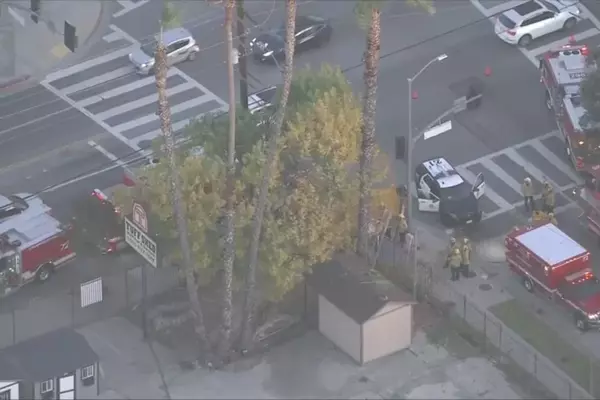
Israeli and American intelligence officials said Iran is digging a vast tunnel network south of the Natanz nuclear production site, in what they believe is Tehran’s biggest effort to construct new nuclear facilities so deep in the mountains that withstand bunker-busting bombs and cyberattack, the New York Times revealed Friday.
It said that although the construction is evident on satellite photographs and has been monitored by groups that track the proliferation of new nuclear facilities, Biden administration officials have never talked about it in public and Israel’s defense minister Benny Gantz has mentioned it just once, in a single sentence in a speech last month.
The NYT also said that in interviews with national security officials in both nations, there clearly were differing interpretations of exactly how the Iranians may intend to use the site, and even how urgent a threat it poses.
“By most accounts, Iran is closer to being able to produce a bomb today than at any other point in the two-decade-long saga of its nuclear program — even if it is planning, as many national security officials believe, to stop just short of producing an actual weapon,” the newspaper wrote.
And while US President Joe Biden prepares to travel to the Middle East next month, some argue that the conflict over Iran’s nuclear program is about to flare again.
Therefore, on Biden’s trip, the question of taking more extreme measures to stop Iran will be high on the agenda.
Earlier this month, the International Atomic Energy Agency said Tehran is just weeks away from being able to enrich enough bomb-grade fuel to make a single nuclear bomb although fashioning that into a usable weapon could take at least another two years.
According to NYT, Gen. Kenneth F. McKenzie Jr. said Tehran, at least in the short term, was trying to leverage its nuclear capabilities as it negotiates with the United States.
“The Iranians’ highest priority is using the nuclear threat to gain concessions, economic and otherwise,” he stressed.
However, the newspaper wrote that the facility could eventually prove critical to Iran if the Biden administration’s efforts to revive the 2015 nuclear agreement continue to run into roadblocks, adding that for now efforts to re-impose limits on Iran’s nuclear actions appear all but dead.
It said that currently, the Iranians are looking for new pressure points, including the excavation of the mountain plant near Natanz.
Over the past week, Iranian authorities have switched off 27 cameras that gave inspectors a view into Iran’s production of fuel, a decision that was particularly worrisome to Rafael Grossi, the director general of the International Atomic Energy Agency, the United Nations agency responsible for nuclear inspections.
Experts believe that Tehran is getting to the point of becoming what Robert Litwak, who has written extensively on the Iranian program at the Woodrow Wilson International Center for Scholars in Washington, called a “nuclear threshold state whose uranium enrichment program creates an inherent option to produce nuclear weapons,” without actually taking the last step.
Meanwhile, an article published by the Foreign Affairs magazine on Friday said that last month, Iran's nuclear program entered dangerous new territory: Tehran now possesses enough highly enriched uranium for a nuclear bomb.
It said Tehran currently has enough uranium to begin producing a nuclear bomb. “That material, enriched to 60 percent, would need to be further enriched to roughly 90 percent—so-called weapons-grade uranium—before it could be used in a nuclear weapon,” the article said.
According to the magazine, that process, known as “breakout,” will now take just weeks due to Iran’s advances since 2019, when Tehran began casting off the constraints of the 2015 Iran nuclear deal following the US withdrawal from the agreement.
It said that although this action alone would not give Iran a bomb, it is the most important step in building one.
Foreign Affairs’ article warned that the consequences of this milestone are profound.
It said the international community has had months, if not years, to prevent any Iranian dash to bomb-grade material—plenty of time to resolve the crisis diplomatically.
“Should that fail, the United States has always kept military options as a last resort. Indeed, this fact has helped deter Iran from trying to build a bomb,” the article wrote.
But as US envoy Robert Malley noted last month, Iran’s capabilities have reached the point where Tehran “could potentially produce enough fuel for a bomb before we could know it, let alone stop it,” the article concluded.







